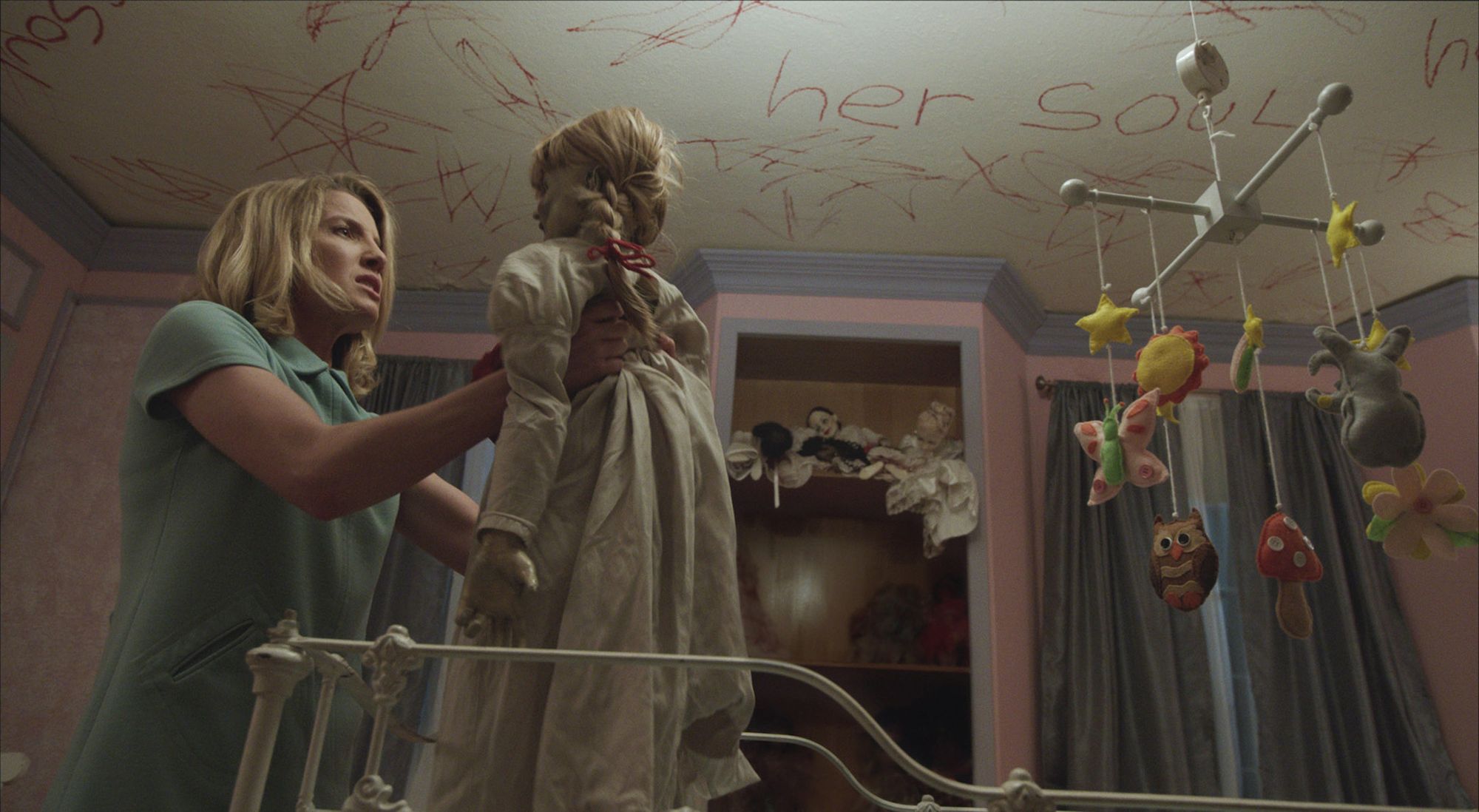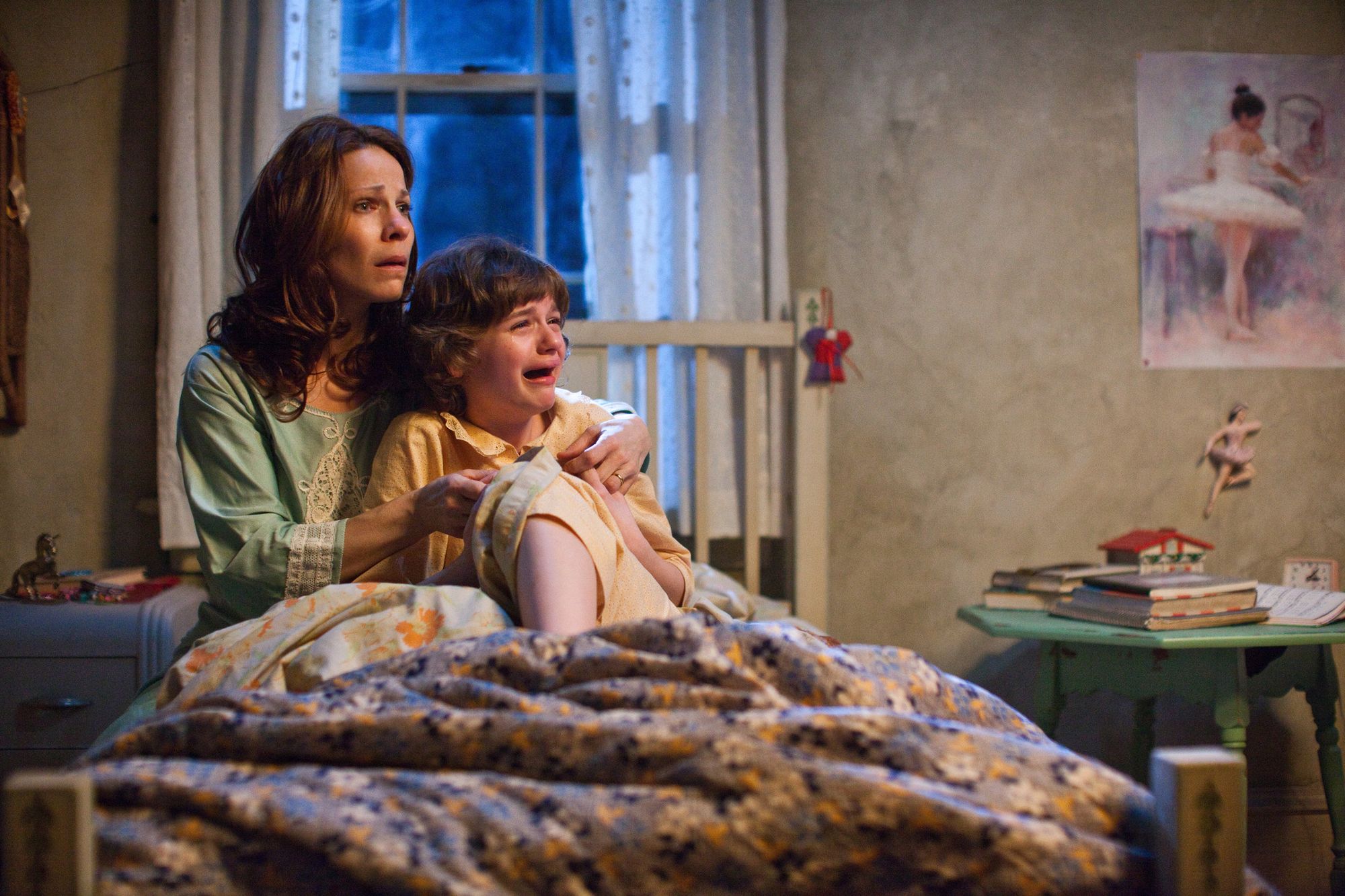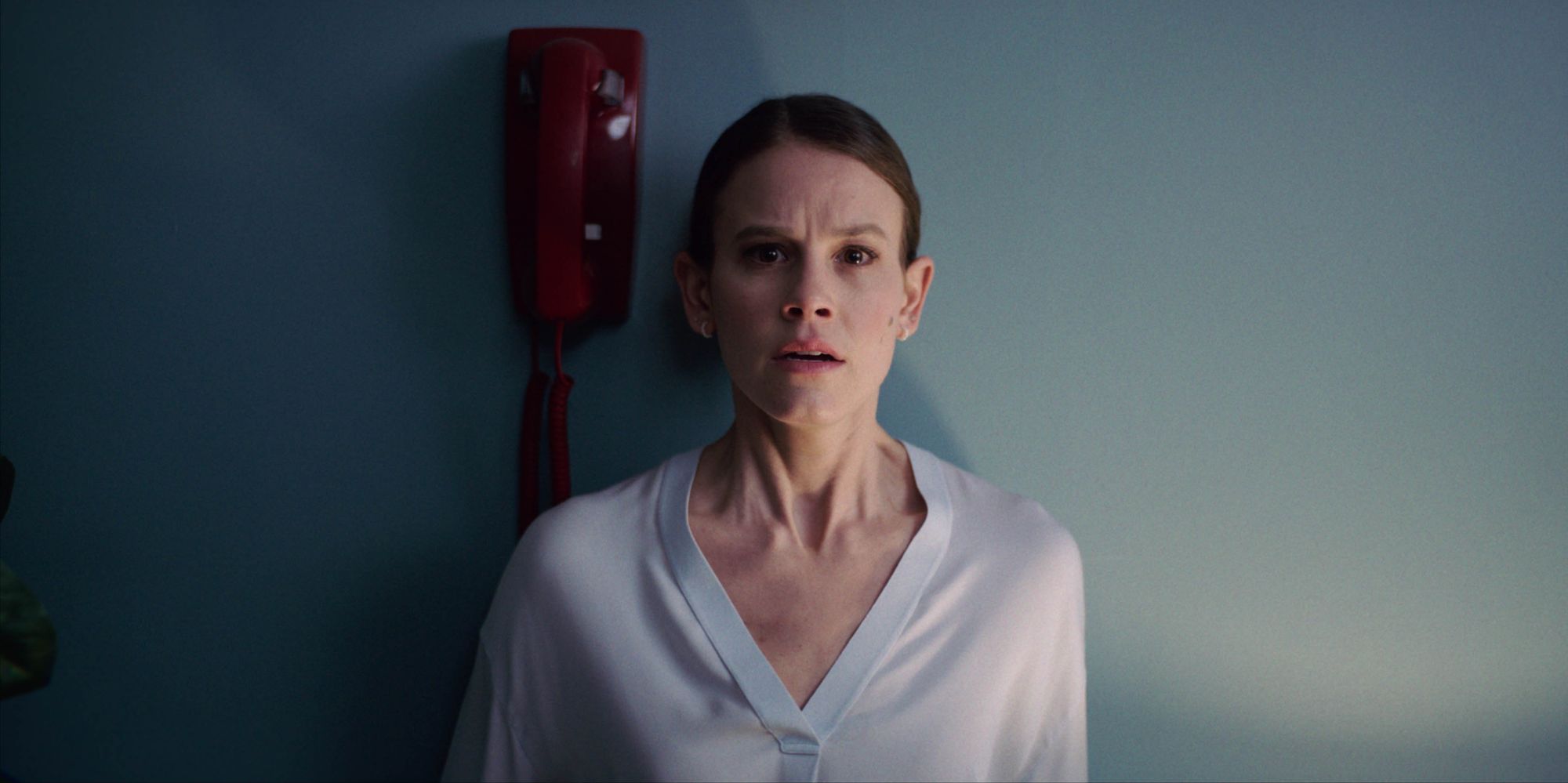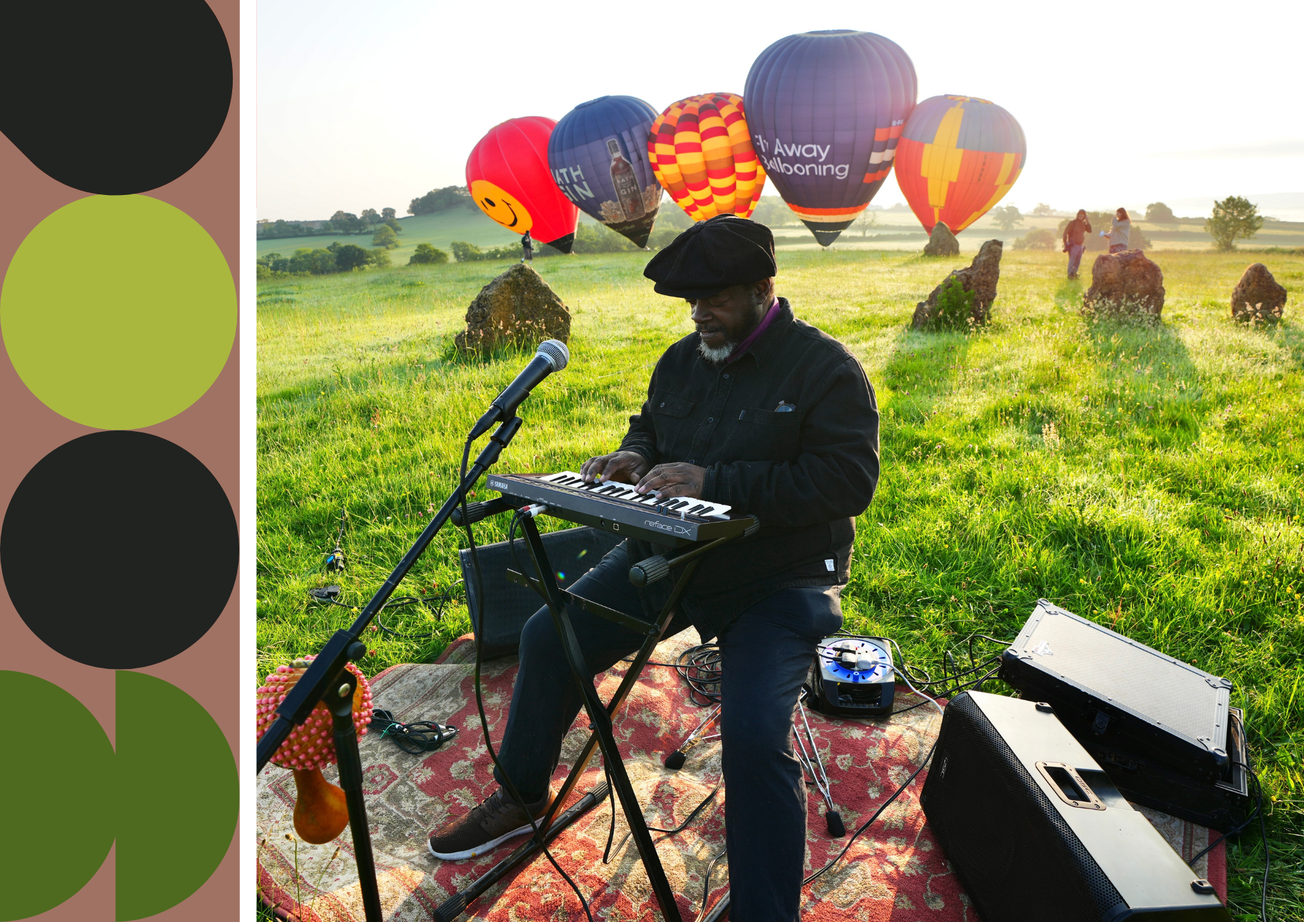By Charli Phillips, Third Year, English Literature
It's October, the leaves are turning orange, nights are getting longer, and you feel compelled to consume all the pumpkin-flavoured things imaginable. You get to dress up and have fun, maybe go to a party or a themed event. However, I'd argue that the best thing about October is the scary movie marathons.
Whether it's a classic like A Nightmare on Elm Street (1984), or a recent release like Bodies, Bodies, Bodies (2022), nothing compares to snuggling into the sofa and watching horrific things happen to people – fictional awful things, of course. However, throughout recent years, we have seen an influx of horror films being made and poorly received. In this article, we'll look into what makes a good horror movie, and whether or not it is possible to make a successful scary movie in the modern age.

One reason for the decreasing quality of new horror movies is that the decrease in quality does not have the same effect on their popularity at the box office and their consequential profit. Horror films can be cheap and can make the film company a pretty penny.
For instance, Annabelle (2014) made $257.6 million at the box office, despite only having a $6.5 million budget and a Rotten Tomatoes rating of 28%. Fantasy Island (2020) made $49 million at the box office, with a budget of $3.5 million and a minuscule Rotten Tomatoes rating of 8%. Truth or Dare (2018) made $95.3 million at the box office, with a budget of $3.5 million and a Rotten Tomatoes rating of 15%. Lastly, Insidious: The Last Key (2018) made $167.9 million at the box office, with a budget of $10 million and a Rotten Tomatoes score of 33%.
These are only the numbers for a few films, but they illustrate perfectly one of the main issues with modern horror movies: they are cheap to make and profitable. Some could argue these high profits mean the scary movies are successful. However, there is a clear sense of dissatisfaction from viewers.
More money and care need to be put into these films for them to be considered successful scary movies, especially in the modern age when the demands of consumerism and capitalism put quality at risk.

A classic reason people give for the failure of the modern horror film is that it is harder to scare a modern audience than in the time of the Texas Chainsaw Massacre (1974) and The Thing (1982). With the advancement of technology, society is becoming more and more desensitised. How are we meant to be scared by this poorly written film about "truth or dare" when there are wars and crimes against basic human rights on the news daily?
On top of this, the constant stream of horror movies being produced has desensitised audiences to the film's intended "fear" elements. Everything has been done before. Often, this results in film companies making remakes of the old classics and then having to watch them receive extreme negative attention, for instance: The Texas Chainsaw Massacre (2022), which received 33% on Rotten Tomatoes.
The classics are considered such because they are a product of their time. They cannot be recreated because time has changed due to those original classics and their effect on culture.

However, just because modern audiences are harder to scare than previous generations does not mean it is impossible. One response to the densification of audiences by filmmakers is that horror films often attempt to turn everything to the extreme, leading to frequent comical failures where the film's climax does not deliver.
The overused jump scare is constantly at fault for this. Movies overuse jump scares throughout the film without appropriate escalation. After three or more jump scares with the same result, using the same tactics, the climax must overshadow them to prevent the film from falling flat in its predictability.
Another issue with modern horror movies is their dependence on torture porn and special effects. Although watching someone's eyes get ripped out is a disturbing experience, if the film's writing feels closer to a wet blanket than scary, those moments come off as gimmicky.

One example of a successful modern horror film is Smile (2022) by Paramount, which as of the 4th of October 2022, has grossed $22 million and is the highest-grossing film released in September 2022, surpassing the controversial Don't Worry Darling (2022).
Smile (2022) is a successful horror film for many reasons. First and foremost is that despite the plot being formulaic and predictable, the use of the symbolic smile creates an initial juxtaposition between what the audience perceives as normal and what the film perceives as normal. A smile is supposed to be an expression of joy. This film flips that on its head and creates a world where nothing can be assumed, and no one can be certain.
This tone is further strengthened with multiple wide shots of the character, where the image is flipped upside down. The film was not free of jump scares. However, these jump scares slowly escalated and morphed so that the effect of the jump scare on the character was more terrifying than the actual jump scare. We see this in the shot of the main character, Rose (played by Sosie Bacon), screaming in her car whilst being watched by her young, scared nephew.
Ultimately, the climax of the film did not disappoint. We were given a finale that matched the tone of the film's last scares and surpassed them. The 'evil spirit' remains in her head, and despite the amazing design of the creature at the end, the effect the creature has on Rosie mentally is the terrifying aspect of the film.

In conclusion, a modern horror film can be scary. For this to be done, however, the creatives involved need to prioritise quality over quantity and delve fully into the basics of terror.
What is scary in everyday life, and how can that be expanded into making an unsettling and effective movie?
Featured Image: Paramount Pictures, courtesy of IMDB
What modern horror film do you think provides successful scares?









